
Four years ago, in 2016, Wieger Wamelink, a plant ecologist based at Wageningen University, sat down at the New World Hotel in the Netherlands with 50 guests for a one-of-a-kind meal. Things might have looked ordinary enough from a quick glance at the menu, if maybe a little cheffy – pea purée appetisers to start, followed by potato and nettle soup with rye bread and radish foam, then carrot sorbet to finish. But the thing that made it such an extraordinary occasion was that all the vegetables used to make the meal had been grown in simulation Martian and lunar soils by Wamelink and his team. Since then, they have grown an impressive 10 crops, including quinoa, cress, rocket and tomatoes, using simulation soils produced using crushed volcanic rocks collected here on Earth. The team produced their simulant soil by grading the particles of rock into different sizes, and mixing them in proportions that match rover analyses of the Martian soil. The soils were initially developed so that rovers and spacesuits could be tested on Earth to see how well they handled the surface materials of Mars and the moon.
This story is from the {{IssueName}} edition of {{MagazineName}}.
Start your 7-day Magzter GOLD free trial to access thousands of curated premium stories, and 9,000+ magazines and newspapers.
Already a subscriber ? Sign In
This story is from the {{IssueName}} edition of {{MagazineName}}.
Start your 7-day Magzter GOLD free trial to access thousands of curated premium stories, and 9,000+ magazines and newspapers.
Already a subscriber? Sign In
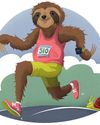
TAKE IT SLOW
Slow running is a fitness trend with some hard and fast science behind it
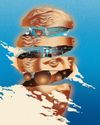
Physics, AI and music share a common thread. You just have to know where to look
Studying science can lead you in many directions and open doors to unexpected possibilities along the way
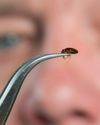
BED BUGS VS THE WORLD
When bloodthirsty bed bugs made headlines for infesting Paris Fashion Week in 2023, it shone a spotlight on a problem that's been making experts itch for decades: the arms race going on between bed bugs and humans
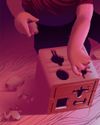
Kids are the key to understanding obesity. But we need more of their genes...
We can unravel the role that bodyweight plays in disease, but we need a bigger, more diverse, sample of genetic material to do so
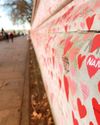
COVID inquiry: What did we learn and what can we do better in future pandemics?
Masks, social distancing, lockdowns... how effective was the UK's response to the COVID-19 pandemic?
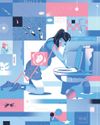
One hormone could be the key that unlocks a cure for morning sickness
The nausea and vomiting that, in extreme cases, can endanger mothers and babies might soon be just a memory

THE WORLD'S WEIRDEST CREATURES
Under the sea and upon the land, some animals look - to us - pretty strange...

WHEN MIND AND MACHINE COLLIDE
First, Elon Musk wanted to make electric cars ubiquitous, then he wanted to make space exploration a private enterprise. Now, with Neuralink, his newest venture, Musk hopes to merge humans and artificial intelligence. Turns out, it might not be such a crazy idea...

COME OUT OF YOUR SHELL
Social anxiety is more than just being shy. It's a phobia born out of our evolutionary past. But that raises a puzzling question: why do so many of us fear human interaction when we're supposed to be the most sociable species on the planet?

SPACE ODDITIES
Take a tour of the weirdest spots in the universe, where the 'normal' rules don't apply. Places that squeeze time, blow bubbles and even rain glass... sideways